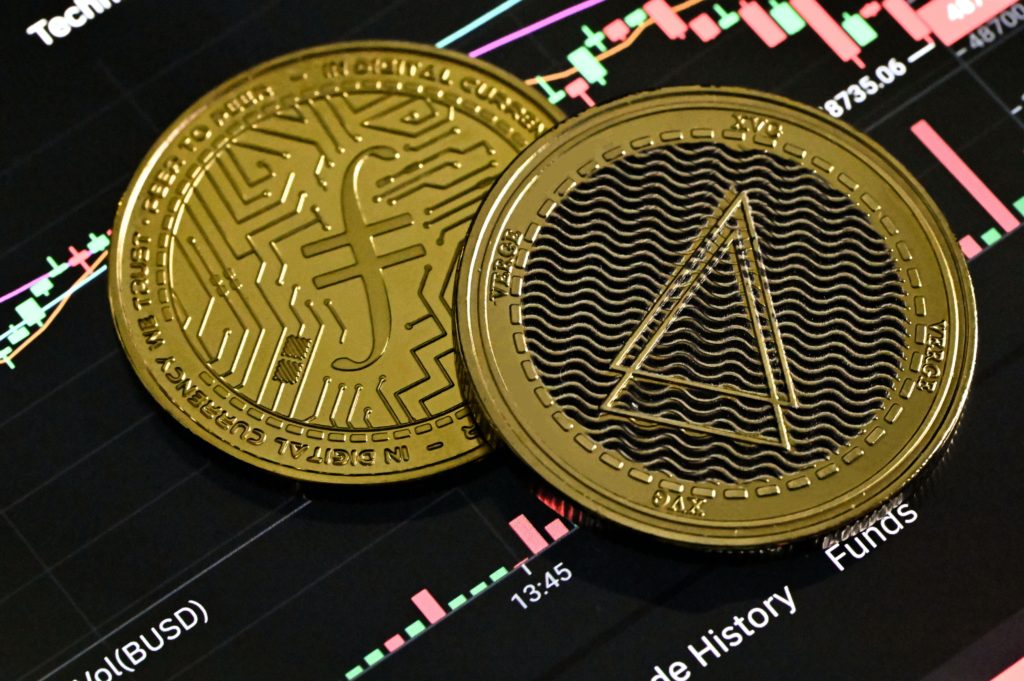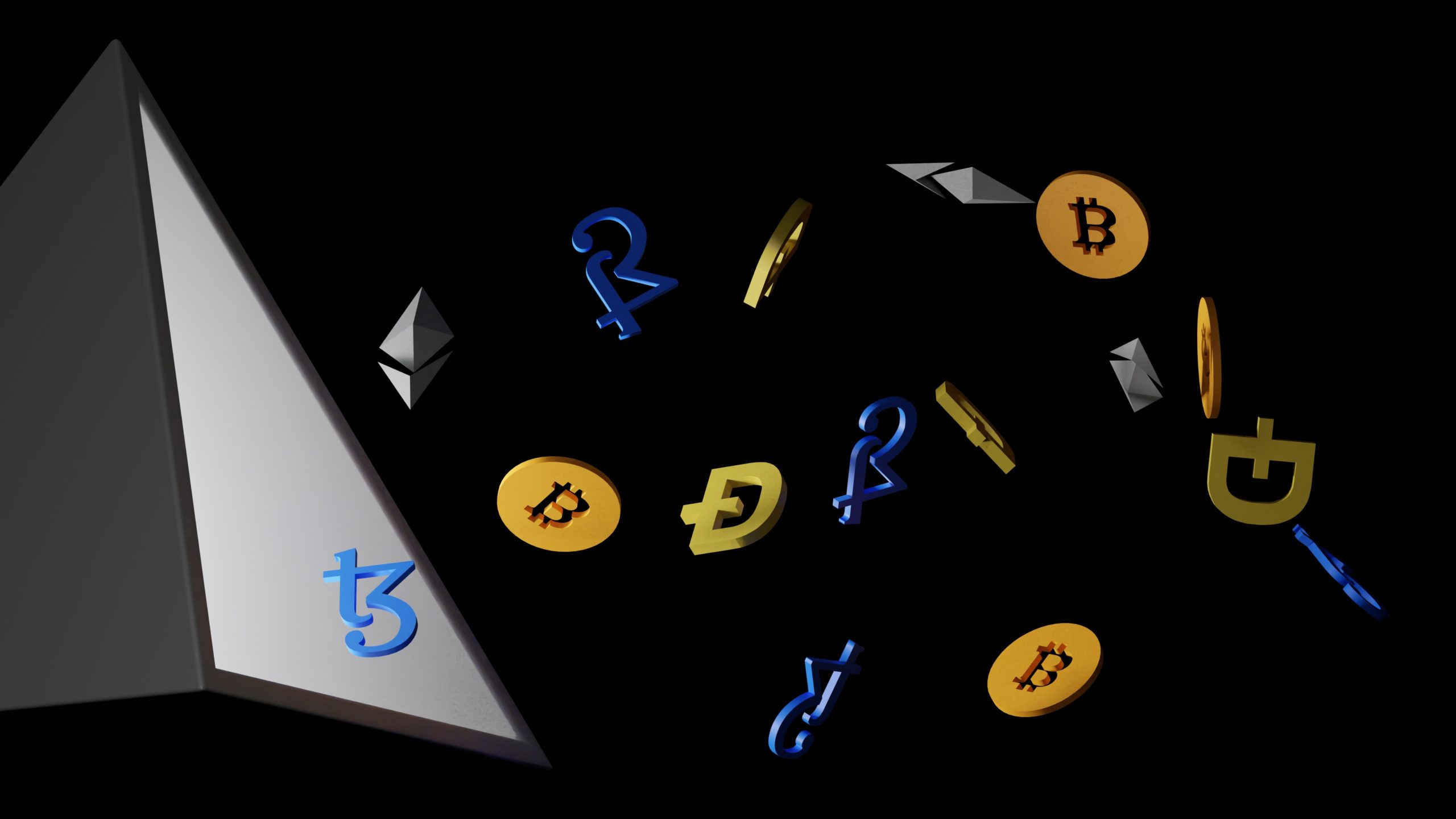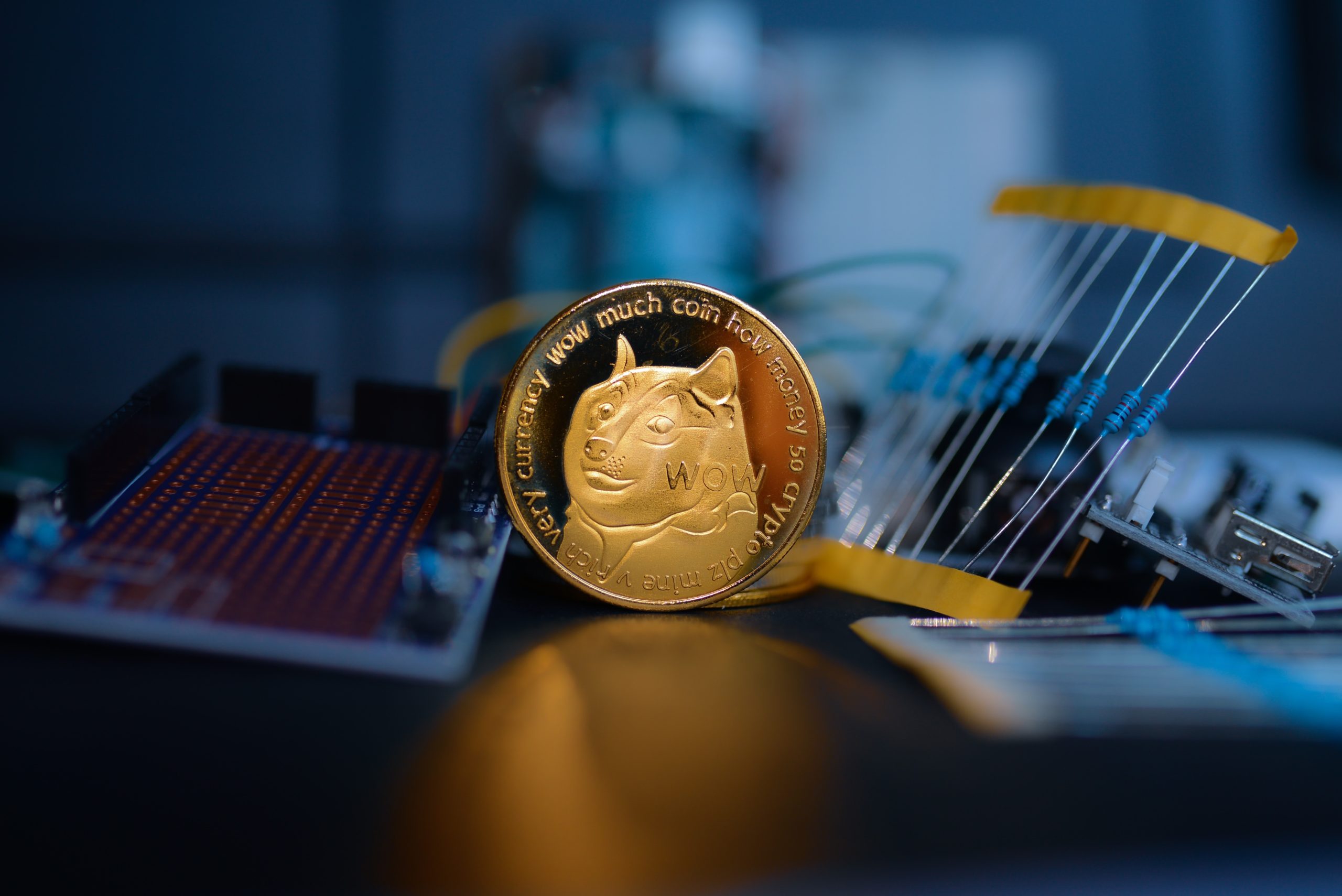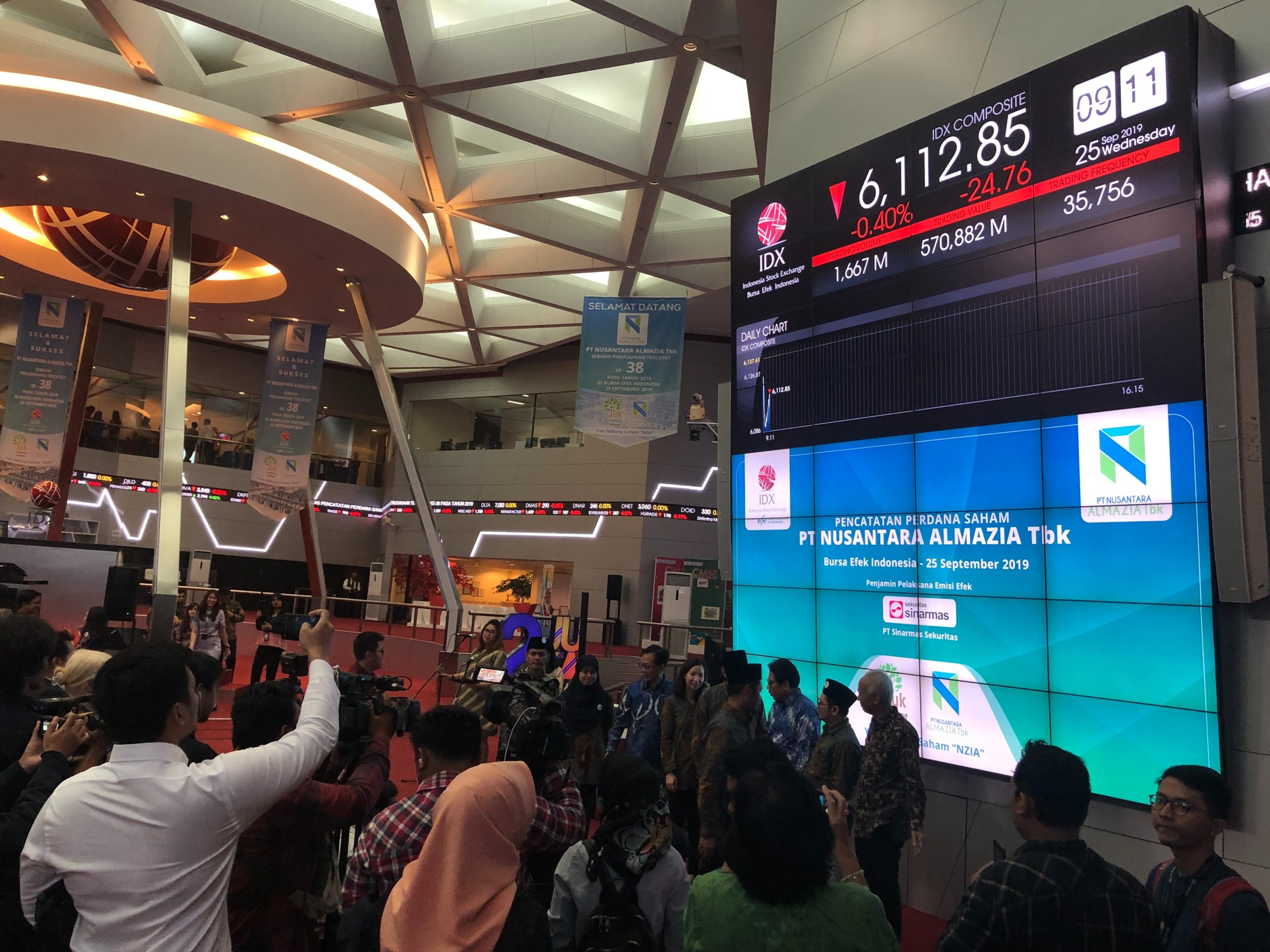Participants in the distributed network-based economy known as Filecoin conduct transactions using blockchain technology. By encoding and processing messages in the blocks that they mine, miners update the network’s states. There are several messages, such as those related to token transactions, storage onboarding, storage agreements, ongoing proofs, and so forth.
However, the maximum amount of messages that may be processed in a block is constrained by the chain’s scalability, throughput, and verification time. As a result, only a portion of communications on the network can ever become a block.
Additionally, sending messages uses up network resources for calculation and storage. In this case, “gas” is relevant as a metric for the number of resources the message uses. The price a sender must pay to publish a message to the blockchain is directly impacted by the amount of gas it uses. Furthermore, a block’s total gas consumption is constrained.
Similar to how fuel is used in cars, gas may be regarded as the Filecoin blockchain’s fuel. Before starting a road journey, you must purchase the gas that will be used for traveling the distance and accelerating up and down hills. The gas that “powers” or “fuels” the execution of messages on the Filecoin Blockchain is similarly paid for by message senders on the cryptocurrency.

How Filecoin uses gas
An initial implementation of gas as a metric for the computational and storage resources used by a message was made on the Ethereum network. This is the source of the term “GasUnit.” Miners in other blockchains have already paid block-producing miners a priority fee based on how much gas the message consumes by setting a GasFee in a unit of local currency.
However, its consumption is a network-wide expense because each node on the network must utilize storage and computation resources to validate each message and keep the network’s state consistent. As a result, some is wasted to make up for the network depending on how much gas a specific message uses. By not distributing this cost evenly, block-producing miners may include a computationally expensive message for free at the expense of others, leading to an incentive mismatch.
BaseFee is a notion that Ethereum’s EIP 1559 introduced. “Burned” refers to BaseFee multiplied by gas consumption for communication. Sending it to an unspendable address and burning it means removing it from the network’s circulation. Based on the demand for network bandwidth at any given time, it is dynamically changed. Message senders whose valuation is less than the network BaseFee will hold and wait until the congestion is cleared as it increases as the network becomes congested.
A practical guide to gas
The list of pertinent gas concepts for a message and their interactions are described below to aid readers in understanding the gas cost system. Although Lotus presently automates these elements and further tooling can be developed, message senders can set these fields.
A message sender can estimate and provide GasLimit, a cap on how much gas can be used during message execution. BlockGasLimit must not be exceeded when calculating the total GasLimit for all messages contained in a block. This belongs to the GasUnit unit.
GasUsage measures how much gas is used during message execution. The current protocol cannot predict in advance the precise amount of gas that it will need. This belongs to the GasUnit unit.
GasFeeCap is the most a sender will spend in tokens per GasUnit to include a message in a block. Even though not all of it will be used up, a sender must have a minimum amount of GasFeeCap multiplied by GasLimit before sending a message. This belongs to the attoFIL/GasUnit unit.









